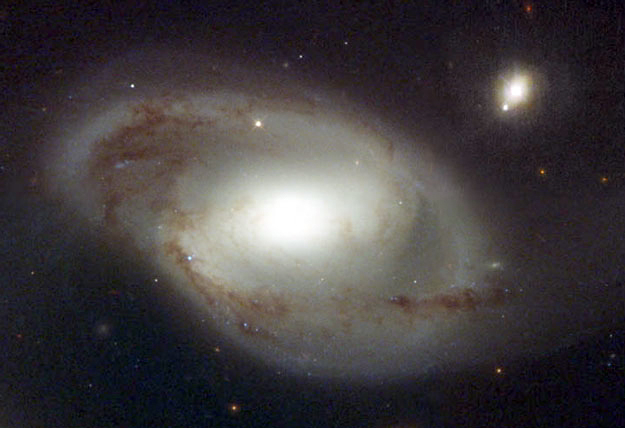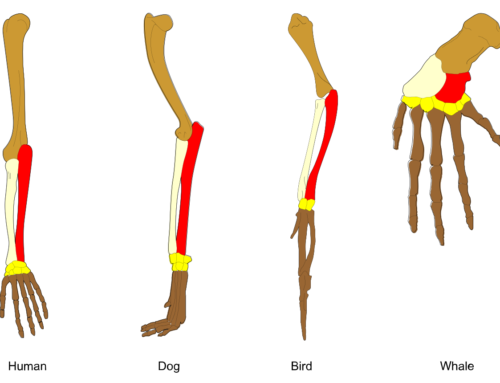The “big bang” theory assumes that a balloon-like inflation of a single source of energy and matter, rather than an explosion at a point in space, led to the formation of the universe. It predicts that the universe is still expanding and also that it should contain the residual radiation from the heat of the “big bang”.
An expanding universe?
An expanding universe cannot be observed directly. However, if galaxies are moving away from each other, the light from them would be stretched. This would have the effect of increasing the wavelength of emitted light towards the red end of the spectrum, known as redshift. Quasars show a very high redshift and are, therefore, considered very distant and much earlier in the history of the universe.
Other studies, however, suggest that the large redshifts of quasars result from the speed of their ejection from a host galaxy and therefore question the use of redshifts to support the “big bang” and an expanding universe.1 An example of evidence used to support this view is the relationship of galaxy NGC 4319 to the quasar Markarian 205 which have markedly different reshifts. A false colour image of these suggests that they are connected by a “luminous bridge” and therefore redshifts do not support the “big bang”.2 The recent discovery of a quasar with a much higher redshift than the nearby spiral galaxy NGC 7319, provides additional supporting evidence 3.
- Galaxy NGC 4319 and quasar Markarian 205 have different redshifts.
- Galaxy NGC 4319 and quasar Markarian 205 showing connecting luminous bridge.
- Galaxy NGC 7319 and the nearby quasar have very different redshifts.
Residual radiation?
The prediction that the universe should contain residual radiation from the heat of the “big bang” received a boost when the cosmic microwave background (CMB) was discovered in 1965. The US National Aeronautics and Space Administration (NASA) has been examining this and other issues relating to the origin of the universe with its Cosmic Background Explorer spacecraft (COBE) and its successor, the Wilkinson Microwave Anisotropy Probe (WMAP).
Measurements by the COBE satellite revealed a uniformity of temperature inconsistent with an event that had made stars and galaxies. The variations in temperature were insufficient to meet the prediction. Although the “big bang” theory was modified in the light of these findings, interpretation of measurements from the WMAP satellite has led scientists to suggest that the radiation does not relate to the origin of the universe.4 Recently other scientists, reworking the WMAP data, suggest that the CMB ripples are even smaller than estimated before, and question whether hypothetical dark matter and dark energy exist at all.5
Other work involved the examination of some 31 clusters of galaxies but the majority failed to cast a shadow on the cosmic microwave background, so raising doubt about its origin at the furthest edges of the universe.6 It has also been shown that luminosity remains constant which favours a static rather than an expanding universe. This in turn raises questions about distance and dating in the universe.7
- Cosmic Background Explorer spacecraft (COBE)
- The Wilkinson Microwave Anisotropy Probe (WMAP)
- All sky-picture showing considerable uniformity of the cosmic microwave background.
Despite the extensive body of information collected by NASA and interpreted by its scientists in support of the “big bang”, and the assumptions behind some of the experiments at the CERN Large Hadron Collider, there is growing doubt about the theory. In 2004 a letter in the New Scientist, stated that ‘… the big bang theory can boast of no quantitative predictions that have subsequently been validated by observation. Today … the dominance of the big bang within the field has become self-sustaining, irrespective of the scientific validity of the theory’ 8. Two international conferences have since been held on this crisis in cosmology.9
Potter, Frank (ed) (2009) ‘Second Crisis in Cosmology Conference’ Astronomical Society of the Pacific Conference Series, 413, San Francisco











